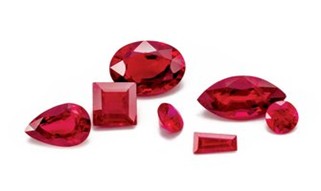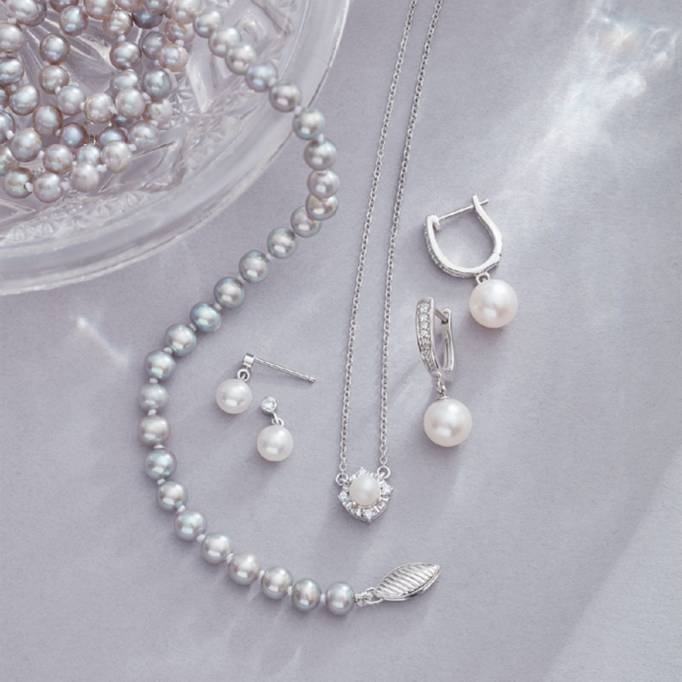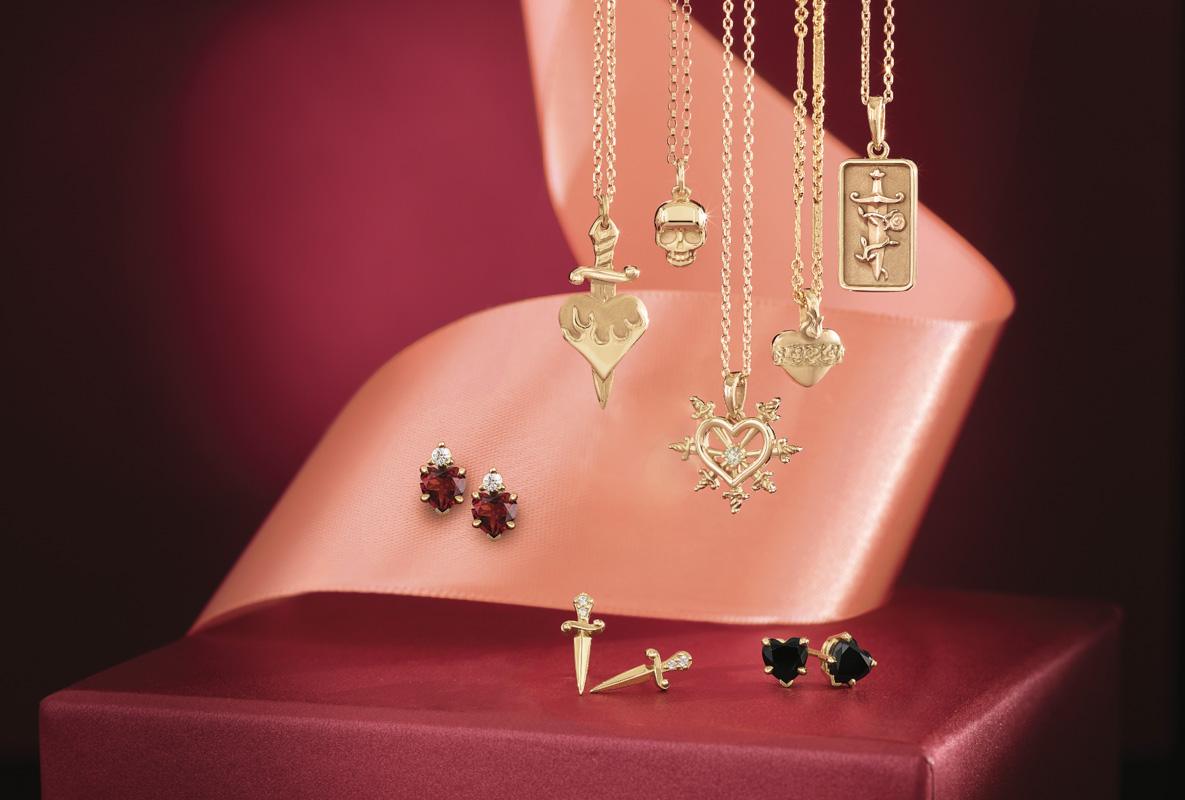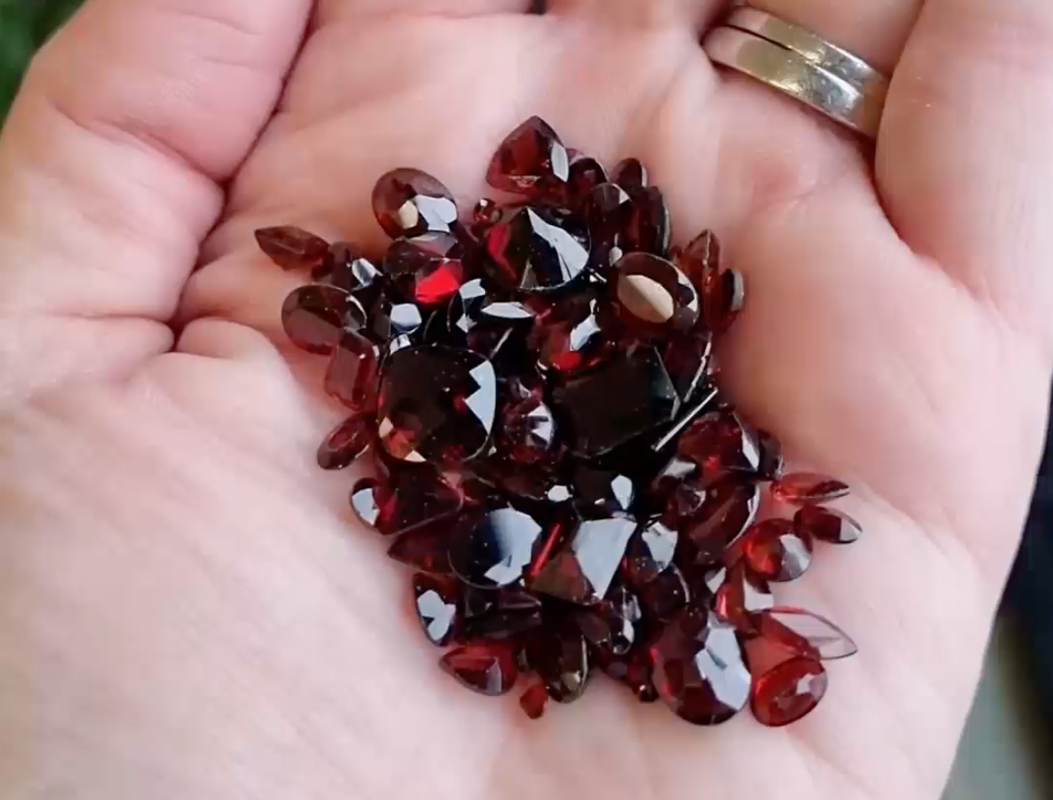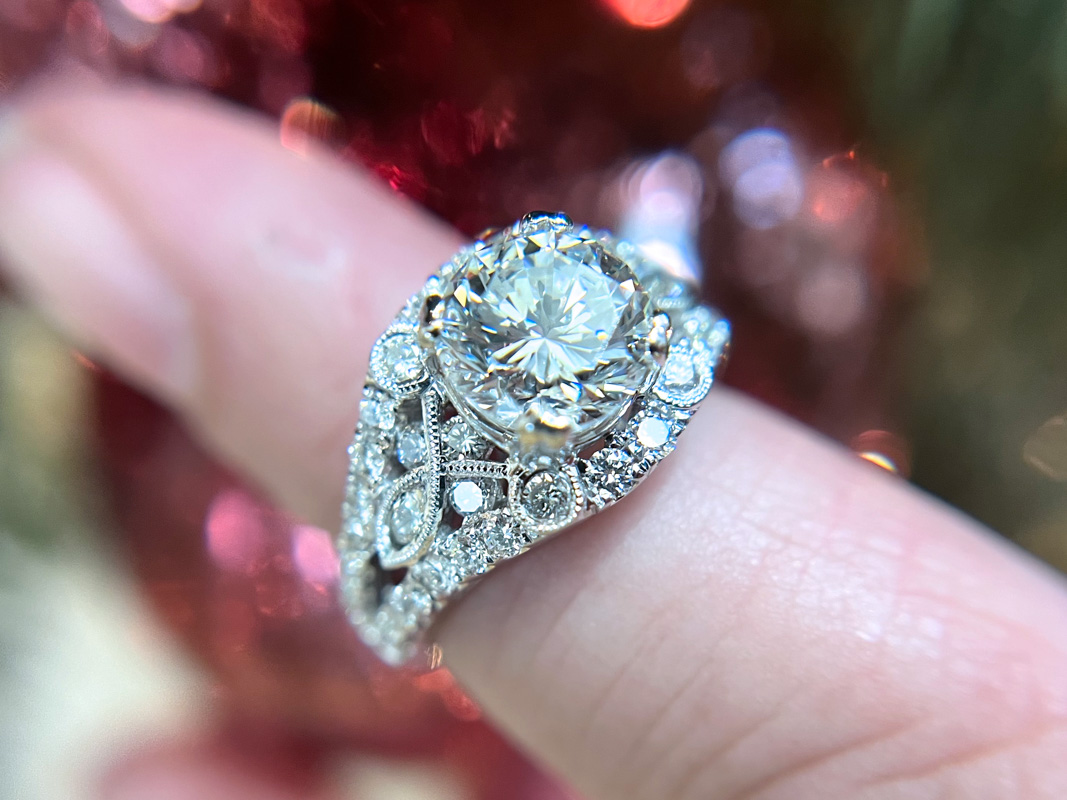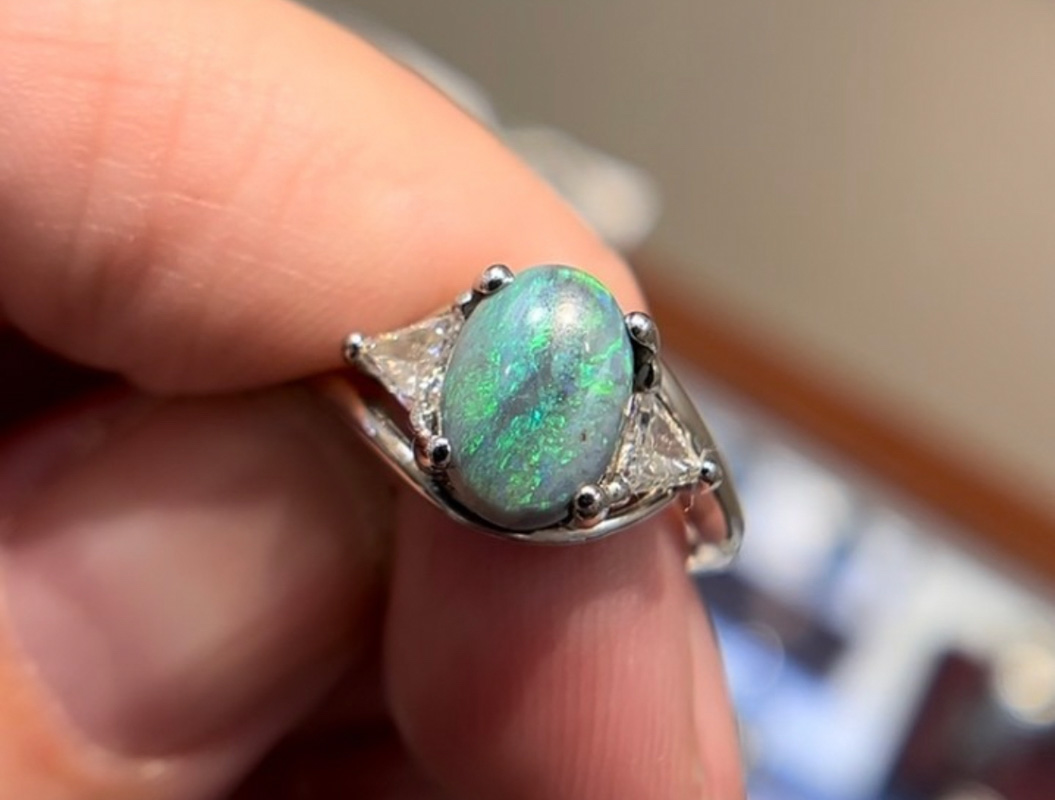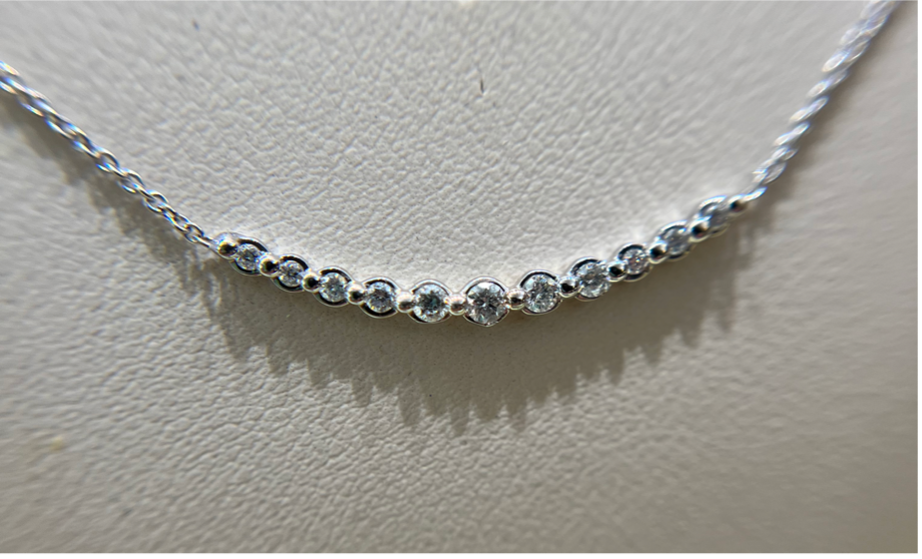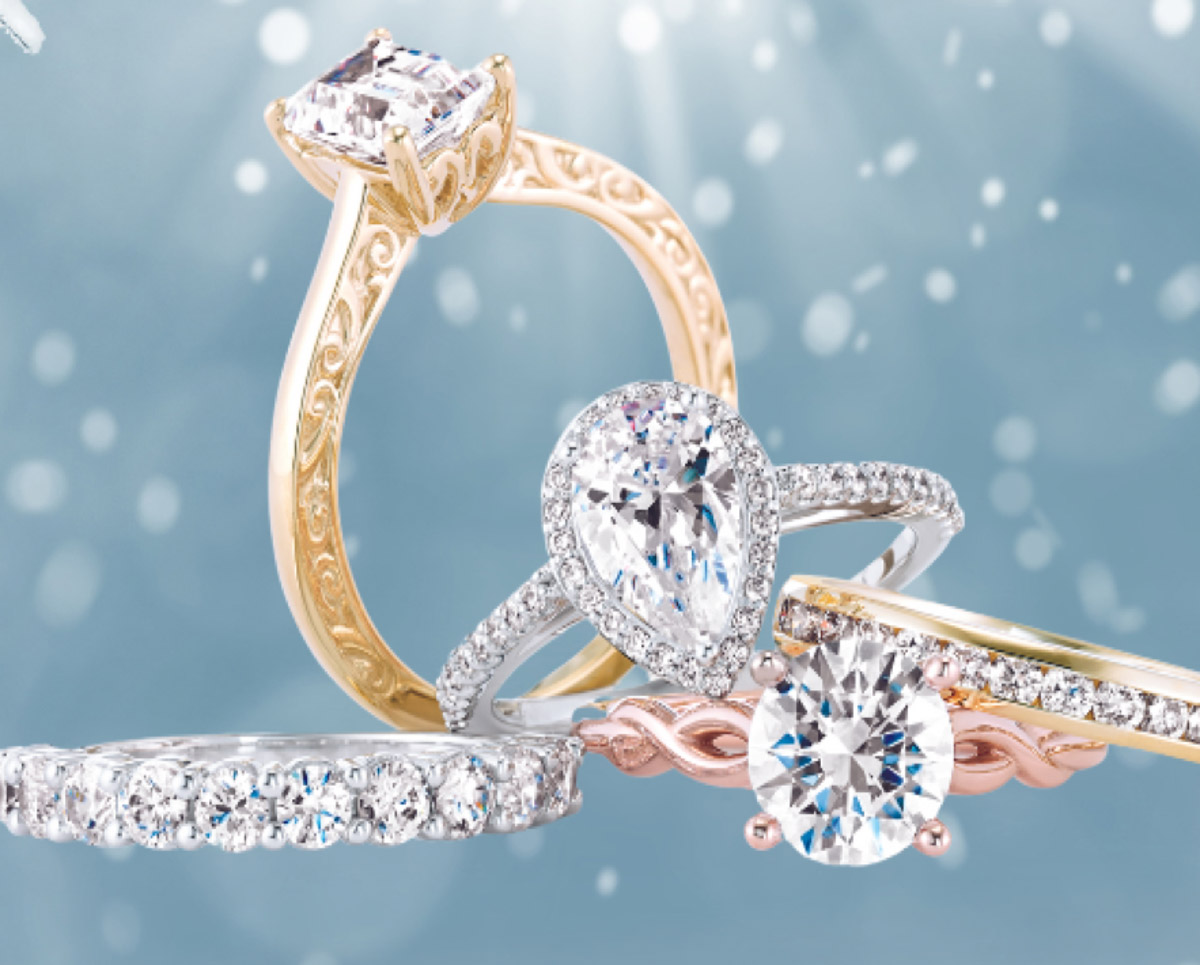Over the 44 years Johnson Jewelers has been open, we’ve evaluated and graded so many unique, beautiful gems that some customers don’t even realize they have until they stop in. For those who aren’t familiar, however, how are diamonds even graded? First of all, when you’re shopping for diamond jewelry, the jewelers will most likely talk about what’s called the 4 C’s of diamonds: cut, color, clarity, and carat.
Cut refers to one of the most important aspects of a diamond. Depending on the type and quality of the cut, the diamond will have a beautiful or lacking sparkle. It’s all about the angles and depth of the cut redirecting light.
Color refers to how white or colorless a diamond appears. The GIA actually has a rating system that grades diamonds from D to Z with D representing the most colorless and Z containing a noticeable tint.
Clarity refers to how “clean” a diamond appears concerning inclusions or blemishes. The GIA also has a scale for this evaluation going from FL (flawless) to I2 (2 inclusions).
Carat refers to the weight of the diamond—not the size like some people think. A 1 carat diamond, for example, equals .2 grams.
Overall, taking all 4 of these aspects into mind helps buyers choose the best diamond for their budget and needs. They should always keep in mind, however, that diamonds are like snowflakes: every one is different, and that makes each of them special—especially when it’s tied to an occasion like an engagement or anniversary.
In some cases, the inclusion can even make the diamond. While they’re typically common in crystals, once in a while jewelers come across gemstones with extraordinary ones. In this case, GIA reported one of the most interesting inclusions a jeweler has encountered: a mobile green diamond inclusion. According to the article authors, they discovered an open “section containing a negative crystal cavity…[with a] tiny green octahedral diamond that is free to rattle around but too large to exit through the opening” (Gems & Gemology, Spring 2020, Vol. 56, No.1).
Here’s an image from the article.
They theorized that this occurred due to erosion making its way into the host, causing the encased crystal to break away enough that it became mobile. The mobile crystal must have also been exposed to fluids with radioactive materials to cause the green coloring. While a mobile crystal inclusion has been discovered before, the GIA believes this is the first recorded occurrence of a mobile green diamond in a colorless diamond.
Just one of the many examples of how nature creates beautiful things that we are lucky enough to wear in unique jewelry pieces! If you have a special diamond or want to look through our own collection, stop by to start planning a custom piece to fit your unique gemstone. Johnson Jewelers is located in Woodbury, MN and specializes in custom work while also having a unique in-store collection.


